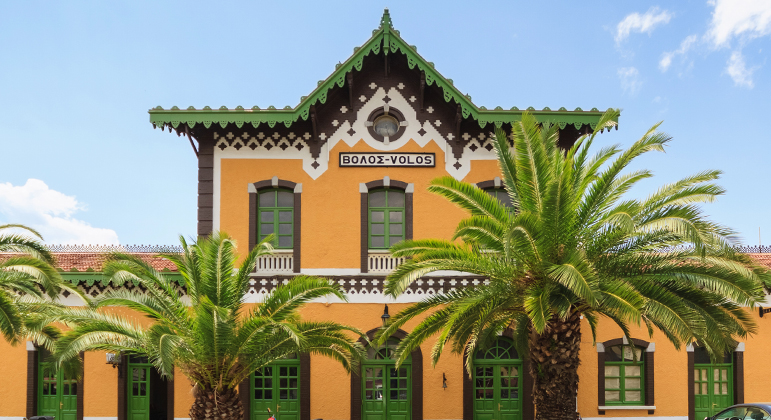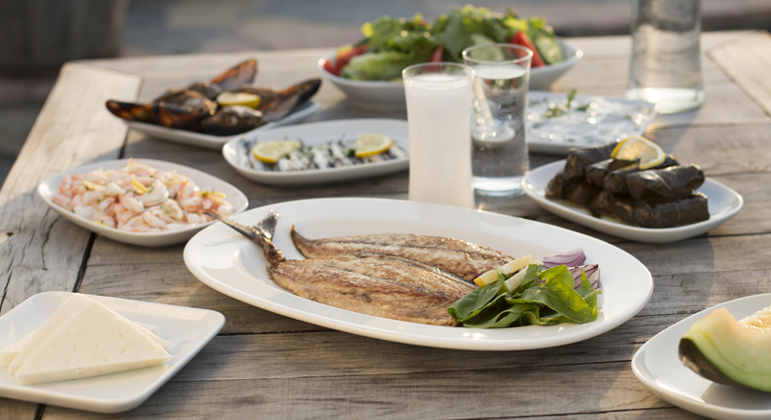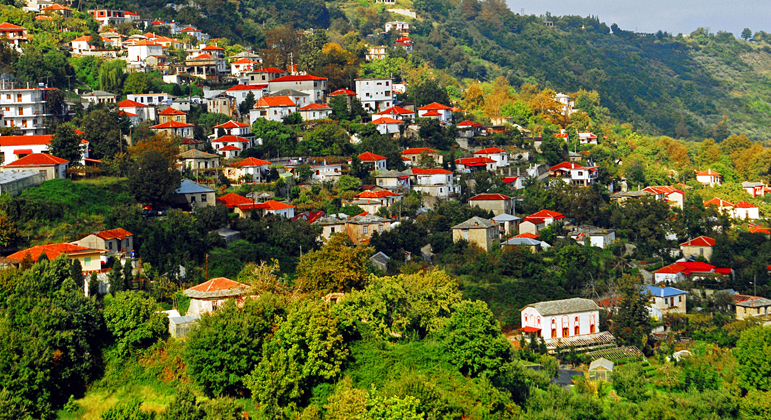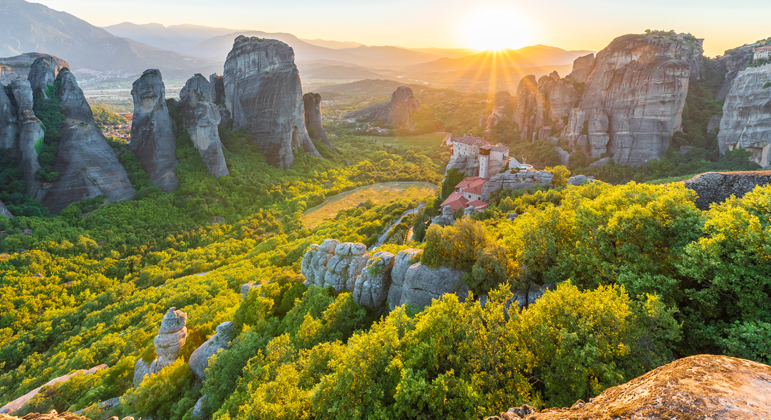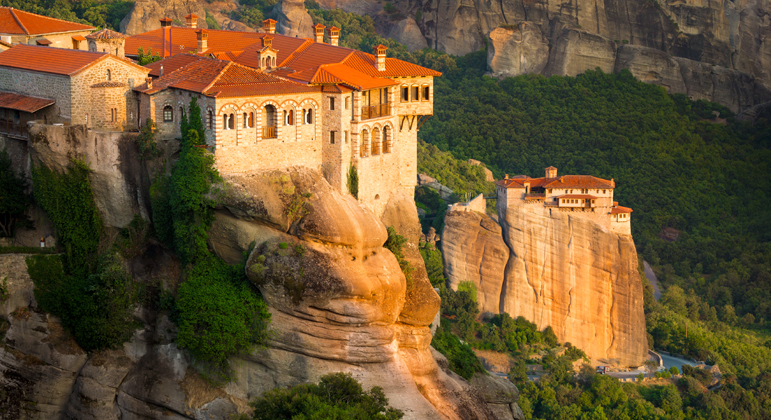Volos Is All About Epic Beauty and Nature
Multifaceted Volos occupies a vaunted place in Greek mythology as the legendary home of Jason and the Argonauts and also has one of the most spectacular natural settings in Greece. This bright and sunny port city is the capital of the mineral-rich Magnesia region of Thessaly, located about midway between Athens and Thessaloniki on the Greek mainland coast. Volos can boast a truly marvelous location on the Pagastikos Gulf, opposite the Pelion peninsula that juts into the Aegean Sea. The lush green peninsula, named for the father of Achilles, King Peleus, was the mythical home of the half-human, half-horse centaurs and on its highest summit, Mount Pelion, was where the fabled ancient beauty contest between the goddesses Hera, Aphrodite and Athena took place—leading to the Trojan War. No wonder a region so green and gorgeous is steeped in legend—it’s also where Jason set out on ships with the Argonaut sailors to find the Golden Fleece. Volos is a veritable springboard to the foothills of Mt Pelion, with its rustic villages sprinkled amid forested hillsides, and is also the gateway to the ethereal cliff-top monasteries of Meteora.
Volos itself offers everything you need for an exciting or relaxing day in port. Step off your Volos cruise, and you’re greeted by a thriving university city whose energetic pace will whisk you up into its whirlwind of activity, along the edge of the beautiful natural harbor and in the tsipouradika—traditional tavernas—and set you on course to uncover some real architectural gems, both ancient and neoclassical. Wander around and you’ll find grand urban mansions sitting beside nods to the city’s long-lasting industrial heritage. And following the hum of activity will see you in Volos’ favorite local hangout Kontaratou, which is brimming with countless cafes and eateries of all kinds.
Read More
See All Cruises To VolosAmazing excursions carefully curated









 Deutschland (€)
Deutschland (€)
 Turkey (€)
Turkey (€)

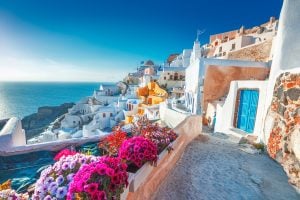 Santorini
Santorini 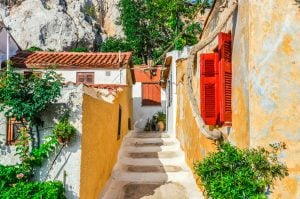 Athens
Athens 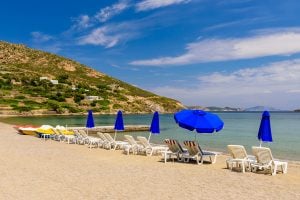 Patmos
Patmos  Istanbul
Istanbul 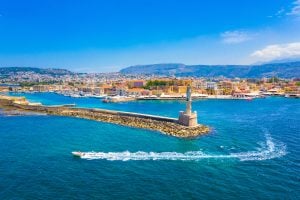 Crete
Crete 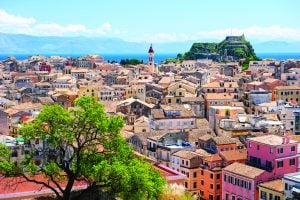 Corfu
Corfu 
